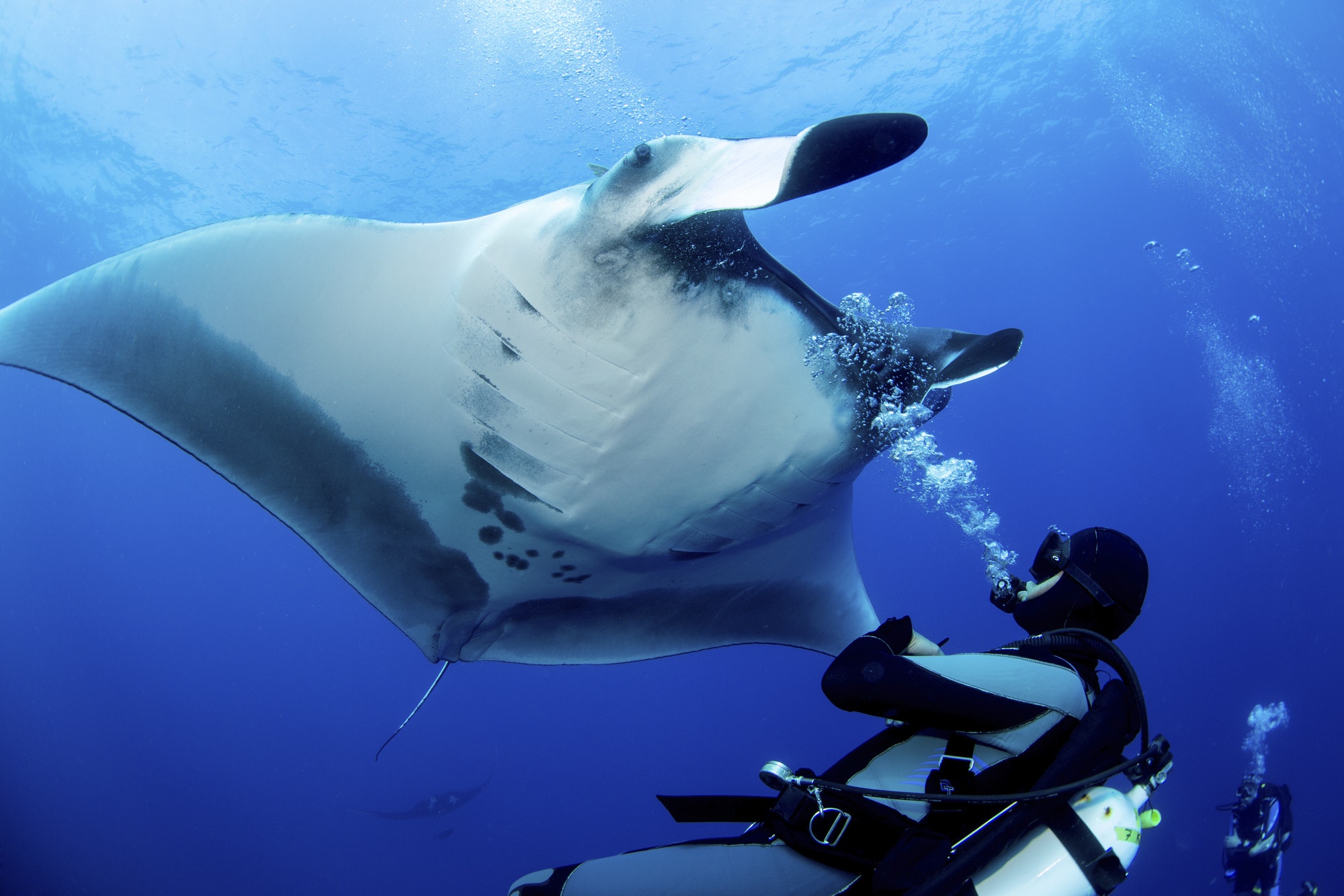Scuba diving is the practice of underwater diving with self-contained breathing apparatus, independent of surface air supply. The term “scuba” was coined in 1952 by Christian J. Lambertsen, who was a marine biologist at Sears. The name scuba comes from the patent, which was created by Lambertsen. The equipment used by scuba divers is called a scuba tank. This is the primary equipment used by scuba divers.
The main causes of scuba injuries are lack of breathing gas and a compromised buoyancy control system. Scuba accidents can be prevented by having a plan that covers the various risks associated with the sport. It is important to understand that the signs of a scuba injury may occur hours after the incident. Symptoms such as joint pain are often signs of a broader medical problem. It is best to seek medical attention immediately if you suspect you may have a scuba injury.
Scuba divers should always log their dives. A scuba diver should keep a log of each dive. This way, he or she can refer to the information on the various equipment used during the dive. Recording the conditions, depth, and duration of the dive are very helpful in case of an emergency. Once the diver has completed the training course, he or she should be able to perform up to four dives a day.
Scuba diving in California’s Channel Islands is a rewarding experience for scuba enthusiasts. The natural beauty of the islands attracts countless underwater photographers. These islands are rich in marine life and are a popular destination for scuba divers. You can also visit seals, dolphins, humpback whales, and other creatures. The best places for scuba diving in Southern California include Anacapa, Santa Barbara, and San Miguel.
Scuba diving is a great hobby, but you should never go diving if you cannot afford to buy the required equipment. The e-learning component of the Scuba course is usually around $200. Depending on the level of experience of the student, the instructor may also charge additional fees. Buying personal equipment will allow the diver to enjoy the sport more and save money in the long run. A full-dive system can be purchased for a few hundred dollars, but you might end up spending more if you take your time.
The price of diving in Thailand varies greatly, depending on whether you go by land or aboard a liveaboard. The best way to dive in Thailand is by renting the equipment from a recognized dive operator. The cost of a scuba-diving trip can range from $30 to $500 per person, depending on the destination. Scuba diving in Thailand is one of the most popular sports in the world, and the cost of a trip to the country can be reasonably inexpensive.
